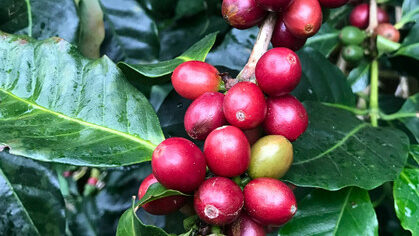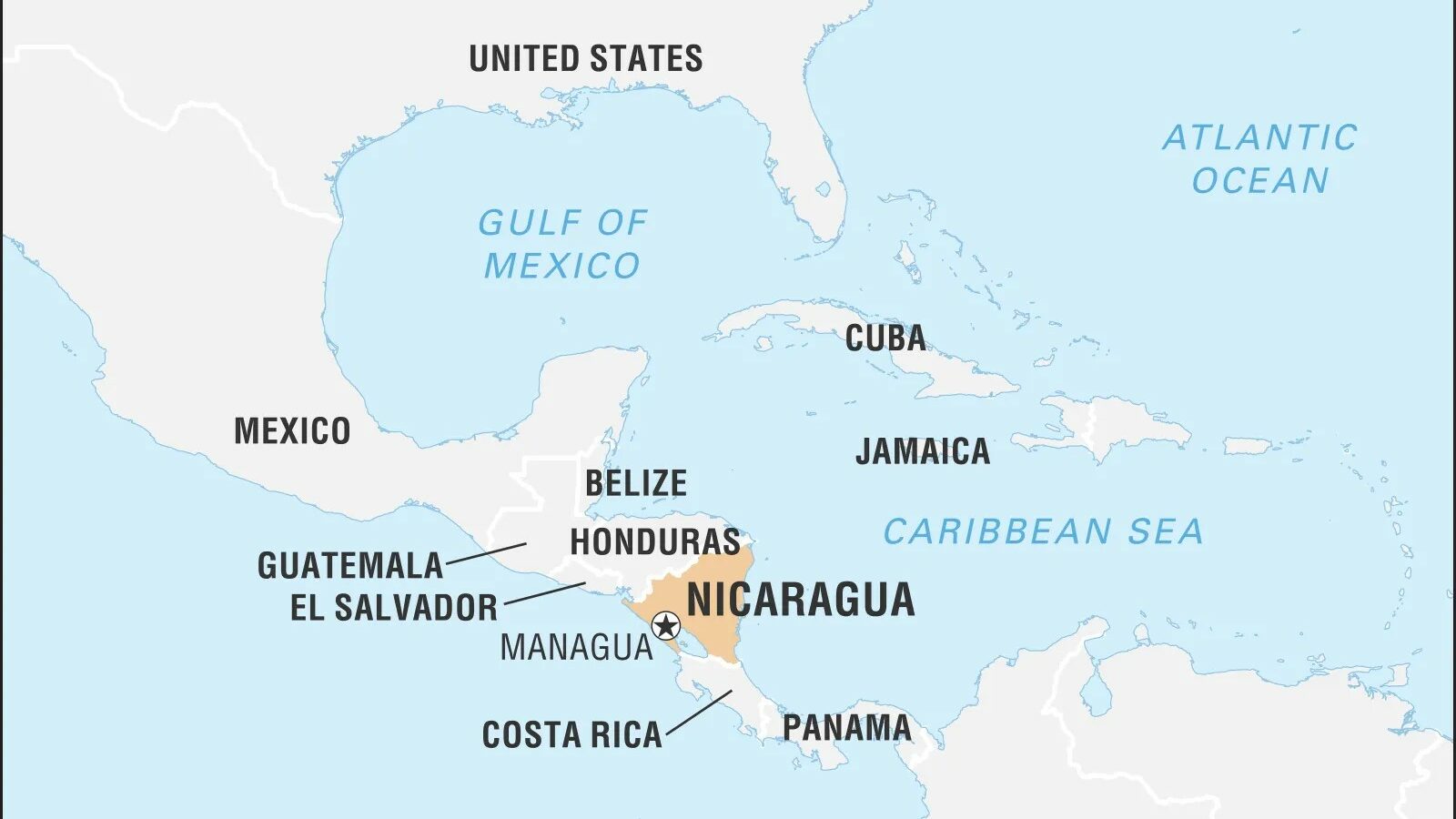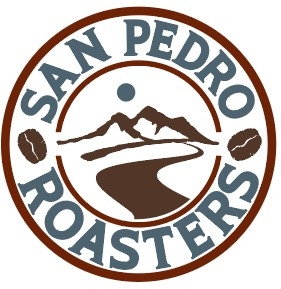Just landed this week is an incredibly balanced and mild Central American coffee from Jinotega Nicaragua: La Bastilla Centroamericano. The La Bastilla Estates are located in the Jinotega region of Nicaragua. Micro-farms have been created throughout the estate. so that each coffee can express its full potential in accordance with the different microclimates. Each farm is further divided into lots. Lots are differentiated at the micro-farm level. but also by the
variety of the coffee and the altitude.
Roaster’s Notes
This chocolaty, medium-body wonder, while categorized as a “bright” offering by our supplier, comes through mild and low-acid with a light body. This is due to our deliberate approach to developing a roast profile to reduce the acidity and accentuate the fruity and sweet notes. Our roast profile boasts an increased Development Time Ratio (DTR) over the initial 300g sample roast we used to select this coffee. The longer DTR allows sweeter notes more time to develop which offsets the acrid notes resulting in a more balanced, smoother cup. Because of this, we are listing it as a low/medium acidity coffee (4/8). Cupping notes on the La Bastilla are “Chocolate, Peach, Vanilla, Almond and Golden Raisin.

We’ll have it in stock up at the Sierra Vista Co-Op by the end of this coming week (11-15 Dec) in a medium/”city” roast.
If you’re interested in learning more about DTR, other roast phases and how the manipulation of these phases can develop coffees and impact the end cup in different ways, there are several articles online to dive deeper on this subject. Here is one that is a great overview with many rabbit holes to dive into depending on your level of curiosity!
Where in the world is Jinotega, Nicaragua??

La Bastilla Coffee Estates. located in the north-east region of Jinotega, Nicaragua. is renowned for its coffee. Surrounded by the natural reserve Cerro Datanli El Diablo. just a few kilometers from Lago de Apanas. Finca La Bastilla is a tropical paradise for the fauna and flora founded on deep. favorable volcanic soils. Since 2003. the farm has been certified by the Rainforest Alliance and is striving for continued excellence. On its two farms. Finca La Bastilla and Finca Santa Luz. the estate employs around 50 permanent and up to 600 temporary employees during the harvest season.
Micro-farms have been created throughout the estate. so that each coffee can express its full potential in accordance with the different microclimates. Each farm is further divided into lots. Lots are differentiated at the micro-farm level. but also by the variety of the coffee and the altitude.
Additionally, La Bastilla owns its own micro-mill. Every coffee is wet-milled and dry-milled with care. Between coffee varieties and its ability to control processing, La Bastilla is capable of producing more than 150 micro-lot coffees. including bespoke offerings upon request.
Source: Genuine Origin
ORIGIN
Jlnotega, Nicaragua
PRODUCER
La Bastilla Coffee Estates
PROCESSING
Washed
HARVEST SCHEDULE
December – March
VARIETY
Centroamericano
ALTITUDE (MASL)
1300-1500
Much like in other Central American countries, coffee production has played an important role in Nicaragua’s history and economic development. Coffee was first cultivated in the country at scale in 1850; just 20 years later, in 1870, it was largest export crop in Nicaragua. It continued to hold this crown for the following 100 years.
Today, coffee remains a key Nicaraguan export, and it was a significant economic force throughout political instability in the 20th and 21st century. Although its exact position fluctuates, coffee consistently ranks in Nicaragua’s most-exported products every single year. The sector employs more than 330,000 people; this is around 5% of the country’s population, 15% of its labour market, and over half its agricultural workforce. In 2018, coffee exports from Nicaragua were estimated to be worth an estimated US $433 billion. Europe and North America were the country’s two largest target markets.
Figures from the World Atlas in 2019 showed that Nicaragua was the 12th largest exporter of coffee in the world, below Honduras (6th) and Guatemala (10th) and above Costa Rica (15th), El Salvador (19th), and Panama (37th). Additionally, in the past few years, Nicaraguan coffee production has grown consistently. While there was a decrease in 2019/20, the 2018/19 coffee year saw the country’s production volumes grow by 3.4% to a total of 2.9 million 60kg bags. William Ortiz is Caravela Coffee’s Country Manager for Nicaragua. He says that the average Nicaraguan coffee farm is roughly 5 hectares in size. He tells me that while poor infrastructure has historically made life difficult for producers, things are changing.
“When we first arrived, producers had very few ways to sell their coffees,” William says. “Washing and drying stations and mills were limited, and producers had little access to education. “However, since our time here, we are proud to have become a part of the growth of a more quality-sensitive Nicaraguan coffee community.” Historically, Nicaragua has also faced a number of political and economic challenges thanks to years of political and social unrest. The effects of this have unfortunately been felt across the country’s coffee sector. Objections to the rule of the dictatorial Somoza family led to decades of unrest in the 1970s and 1980s. More recently, protests, demonstrations, and wider civil disobedience have led to economic upheaval.
Silvio Sanchez is the owner of Finca Santa Teresa de Mogoton in La Union, Nueva Segovia. He tells me that for the coffee sector, these difficulties have meant one major thing. “[Nicaraguan producers have] produced their coffees simply, and sold them locally for a very low price and with little consideration for quality,” he says.
Source: Perfect Daily Grind
